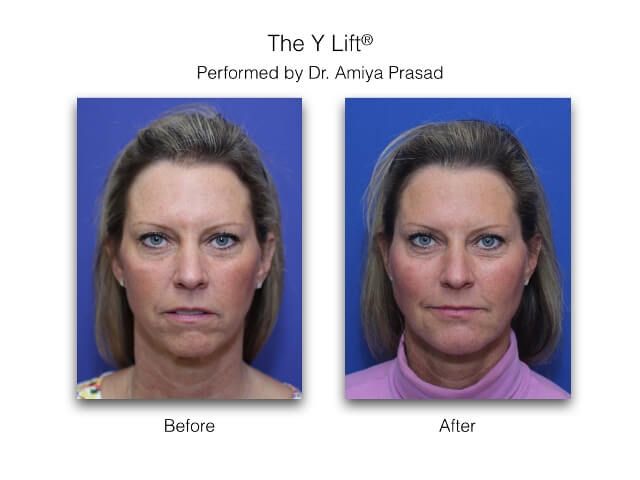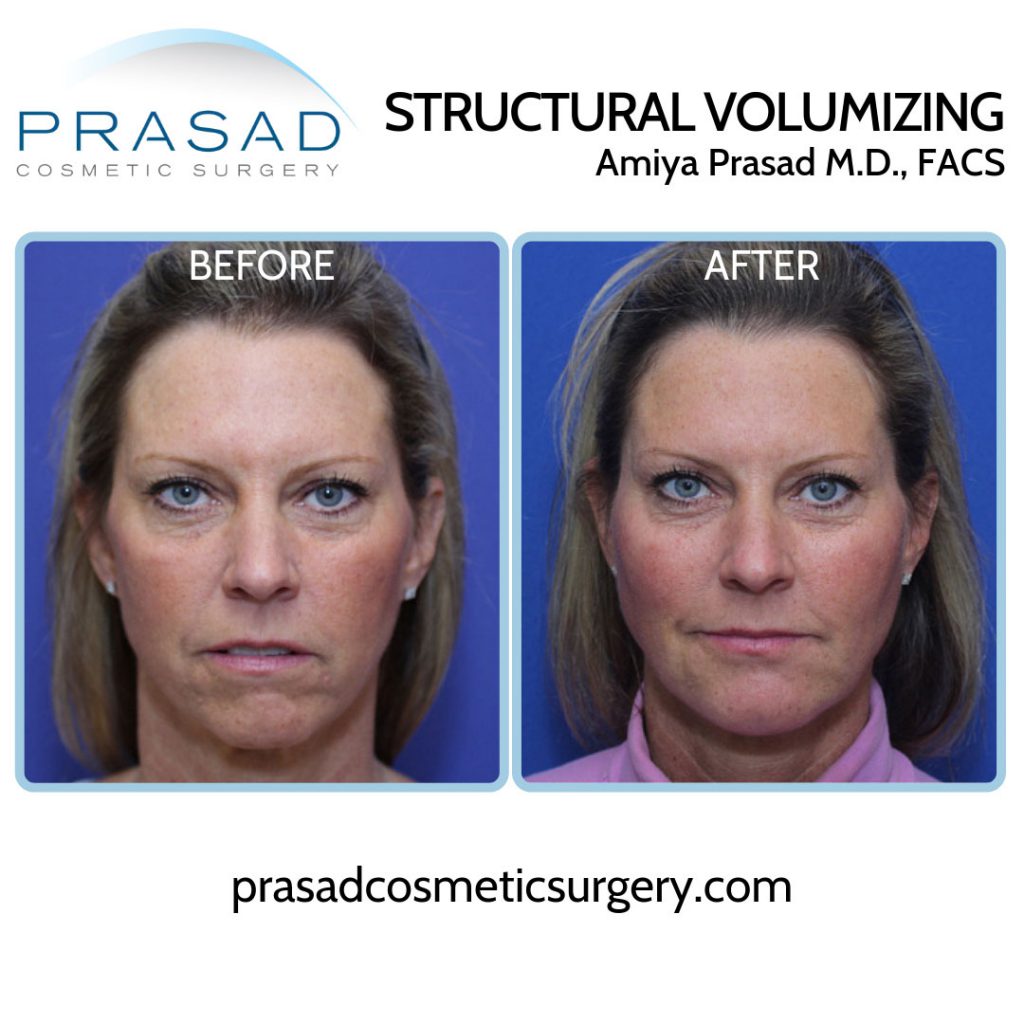Every day in my practice, I use fillers under the eyes to address hollowness, camouflage eye bags, and even improve the appearance of lines and wrinkles. Under eye filler treatment can be performed very quickly, and results can often be appreciated right after the procedure is performed. There are different ways to perform these procedures in this delicate region.
Under Eye Fillers Gone Wrong? How Dr. Prasad Fix and Minimize Risks of Under Eye Fillers
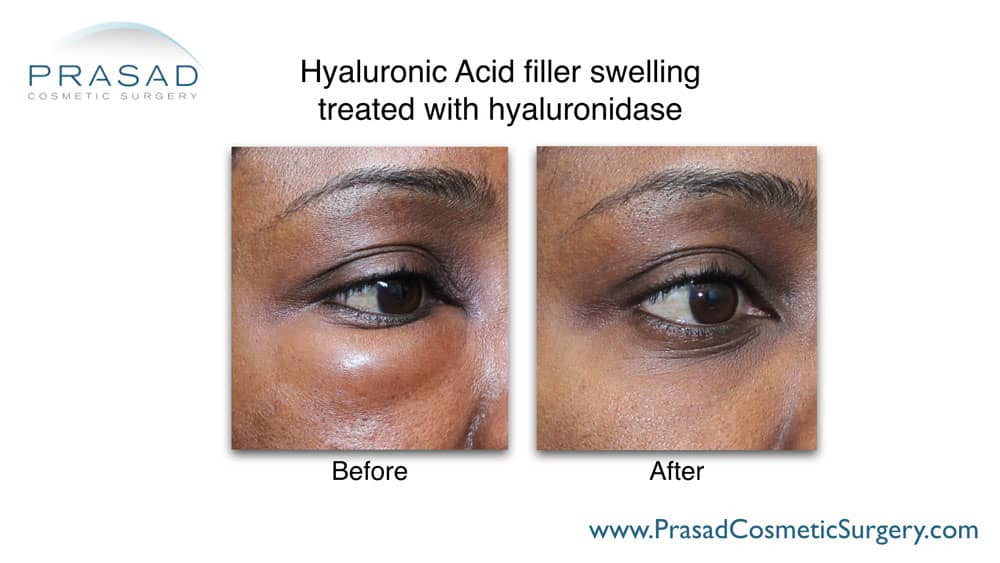
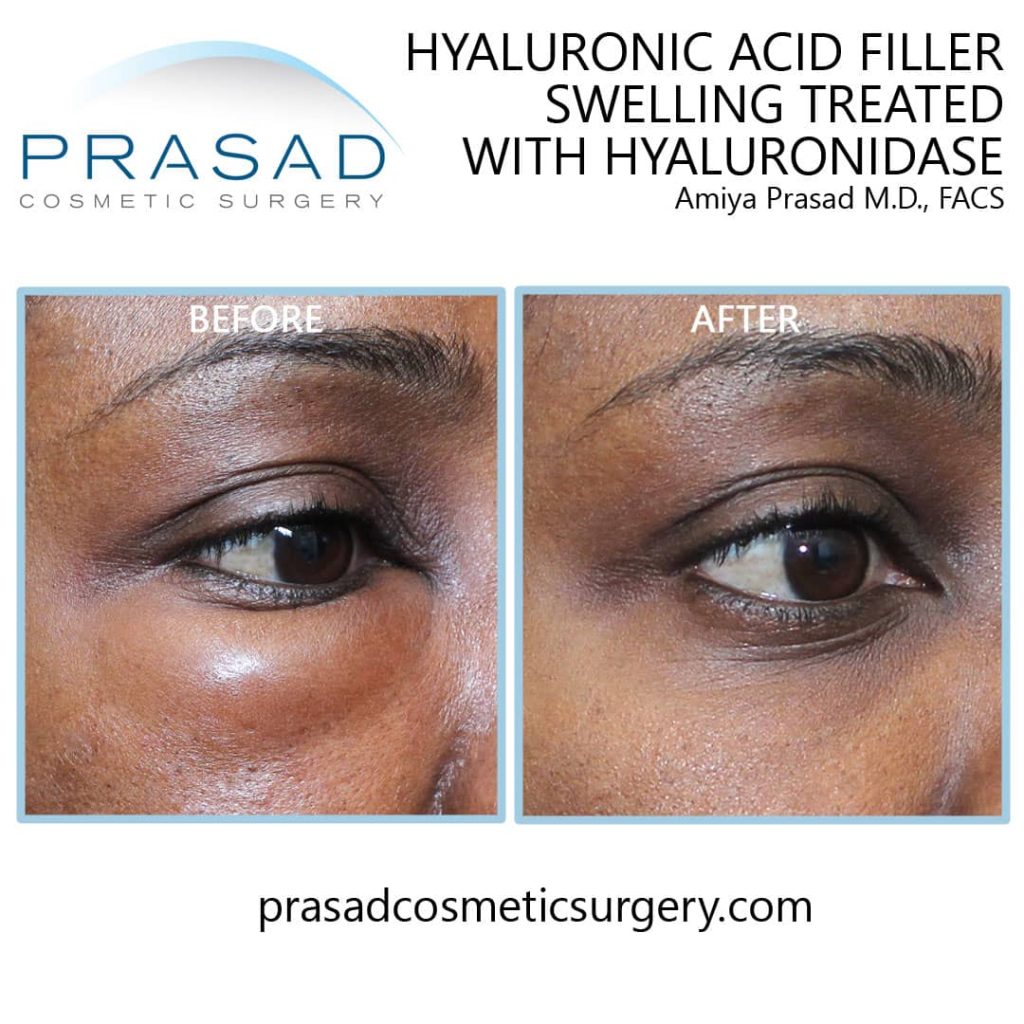
As a specialist, I routinely see patients who come in having had filler placement performed by another practitioner resulting in severe swelling, bruising, lumps, irregularities, as well as dissatisfaction with their results. Many of these issues can be avoided by understanding the anatomy, the nature of the filler materials being used, and using minimally traumatic methods. For example, I perform these procedures with instruments called blunt cannulas which allow me to avoid trauma to the blood vessels. This means that patients usually look good right after the procedure is completed.
I approach dermal filler treatment with the same level of care as I do with surgery. While filler treatment is not surgery, I do consider it invasive since the filler is being placed through the skin barrier. Although it’s rare, injection of filler can go directly into a blood vessel or artery in this area resulting in vascular occlusion, potentially causing blindness. As the number of practitioners performing this procedure grows, many of whom are not trained or experienced at a specialty level comparable to an oculoplastic surgeon, more complications are being reported. While there are risks to any medical procedure, these risks can be minimized by having a doctor who’s highly trained, experienced, and fully prepared to immediately address any complication.
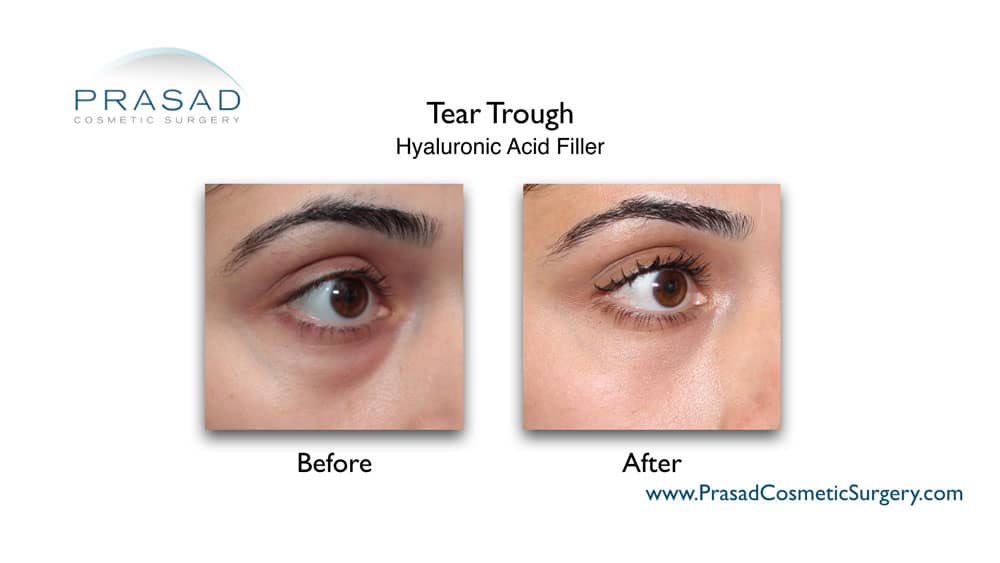
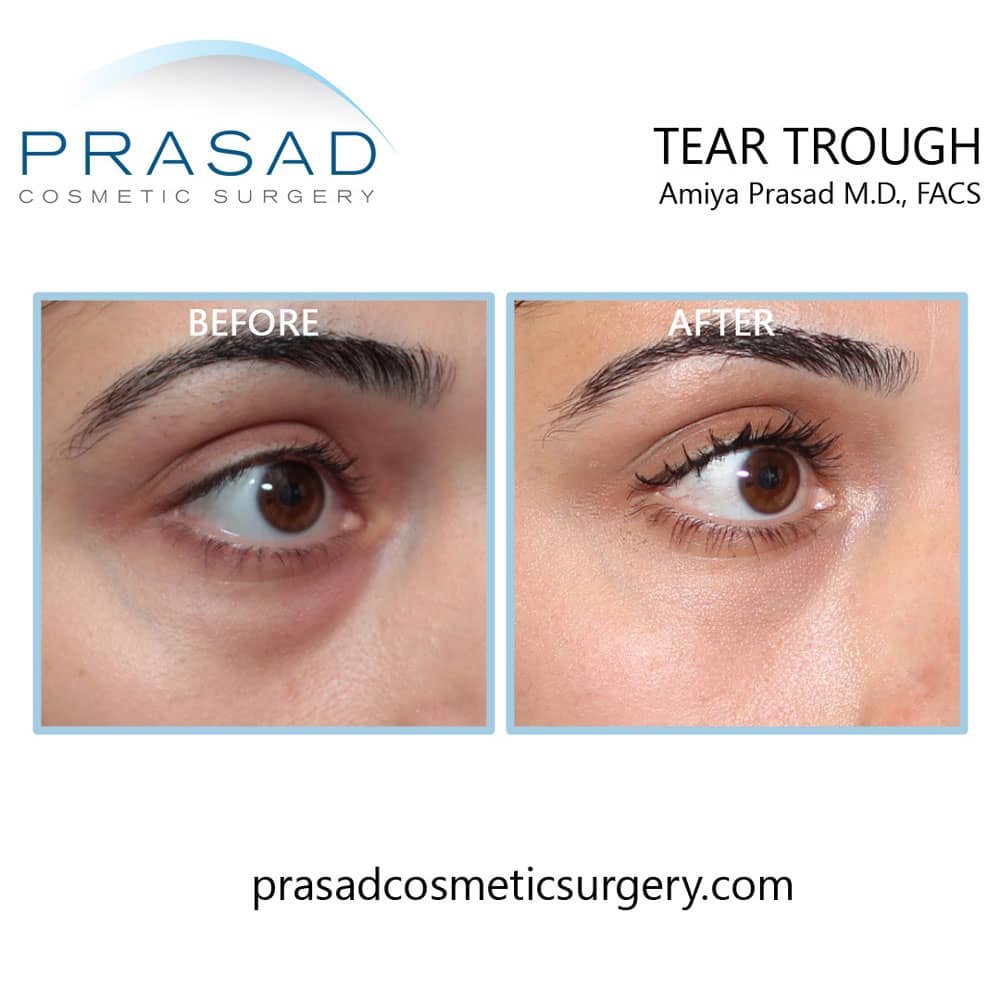
How to Fix Under Eye Hollows?
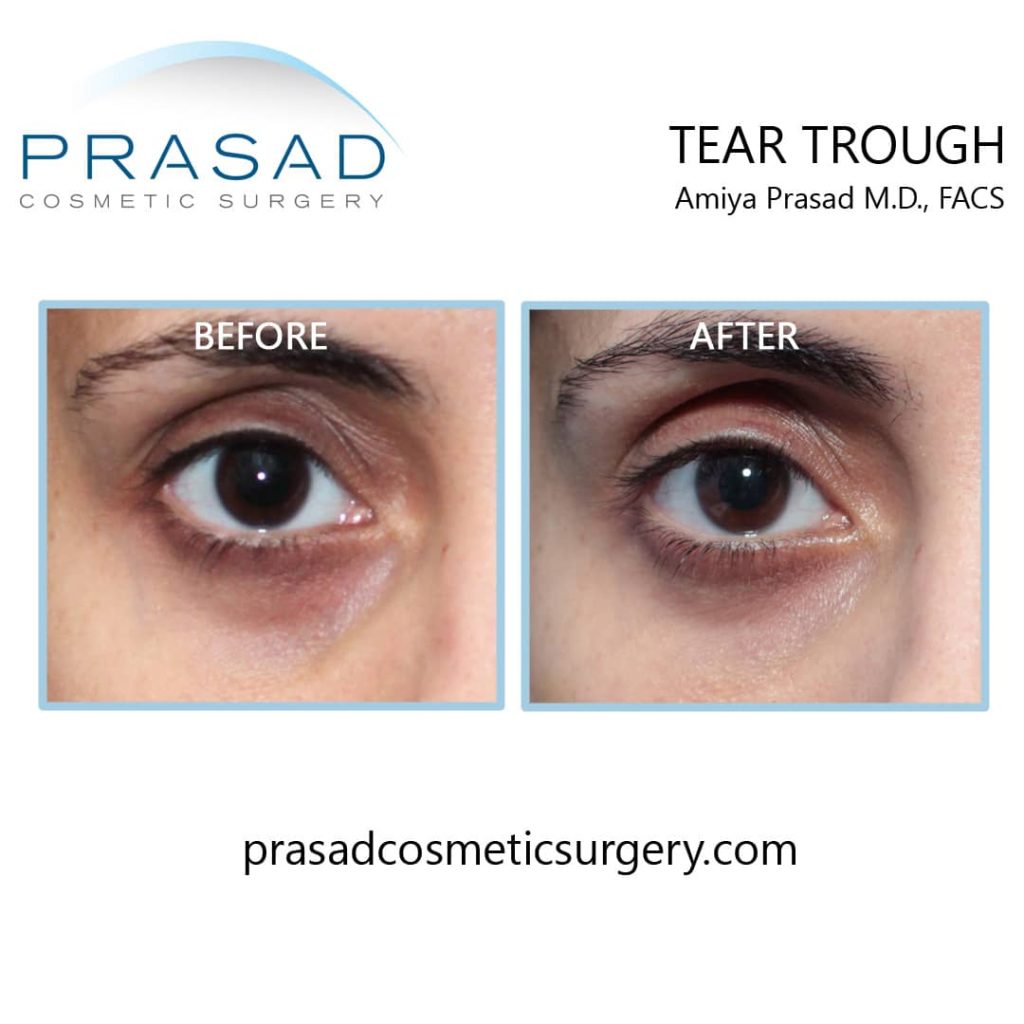
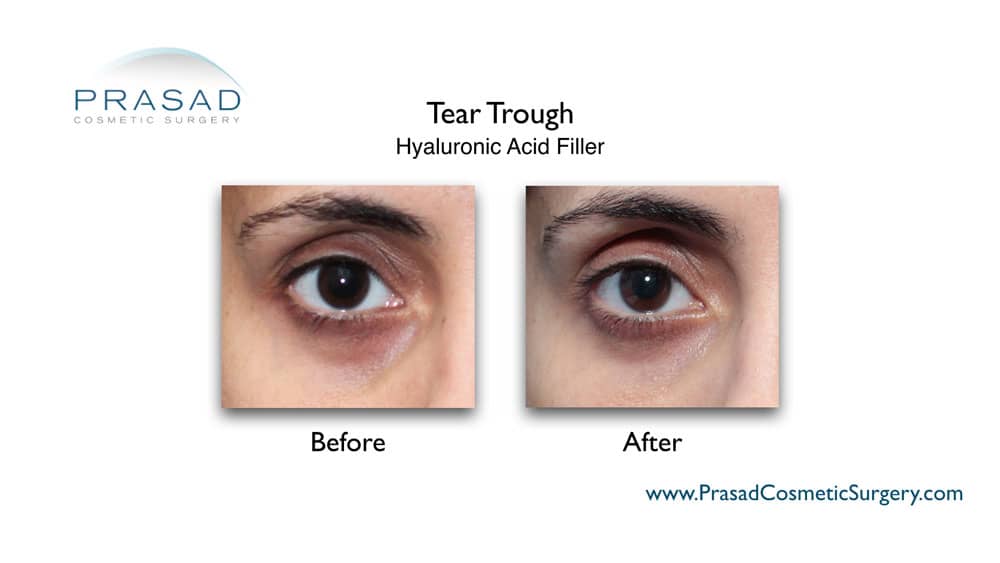
Interestingly, I have found many people with under eye bags come in for filler treatment because they see the hollow areas of the tear trough, but don’t realize that they also have the puffiness. I use fillers routinely to camouflage eye bags if they are not too prominent by blending the transition between the puffiness and the adjacent hollow in the area of the tear trough. If under eye bags reach beyond a certain threshold, treating them with filler may make the bags appear even puffier. I see patients who had fillers in another medical practice in this situation, so I use hyaluronidase to dissolve the filler. I then reevaluate in 2 weeks to see if the filler is still a viable option or if lower eyelid blepharoplasty is more appropriate.
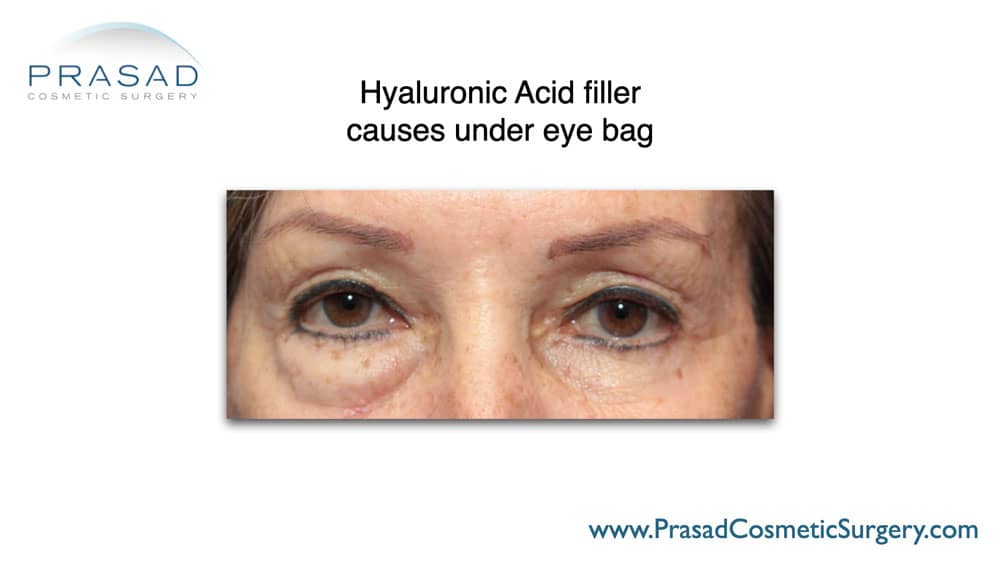
I find it’s important to educate my patients about the relationship between the under eye hollows and the cheek area. It’s very common to see a deficiency in the projection of the cheek area just below the tear trough, under the eye, as well as the cheekbone. This means that there is often a great opportunity to create a more significant improvement by combining under eye filler with Structural Volumizing of the cheek and cheekbone. I place volume at the bone level as if I were placing a facial implant with minimal trauma, and typically no bruising. This creates a harmonious relationship between the under eye and cheek area, which can be very flattering for the face as a whole.
